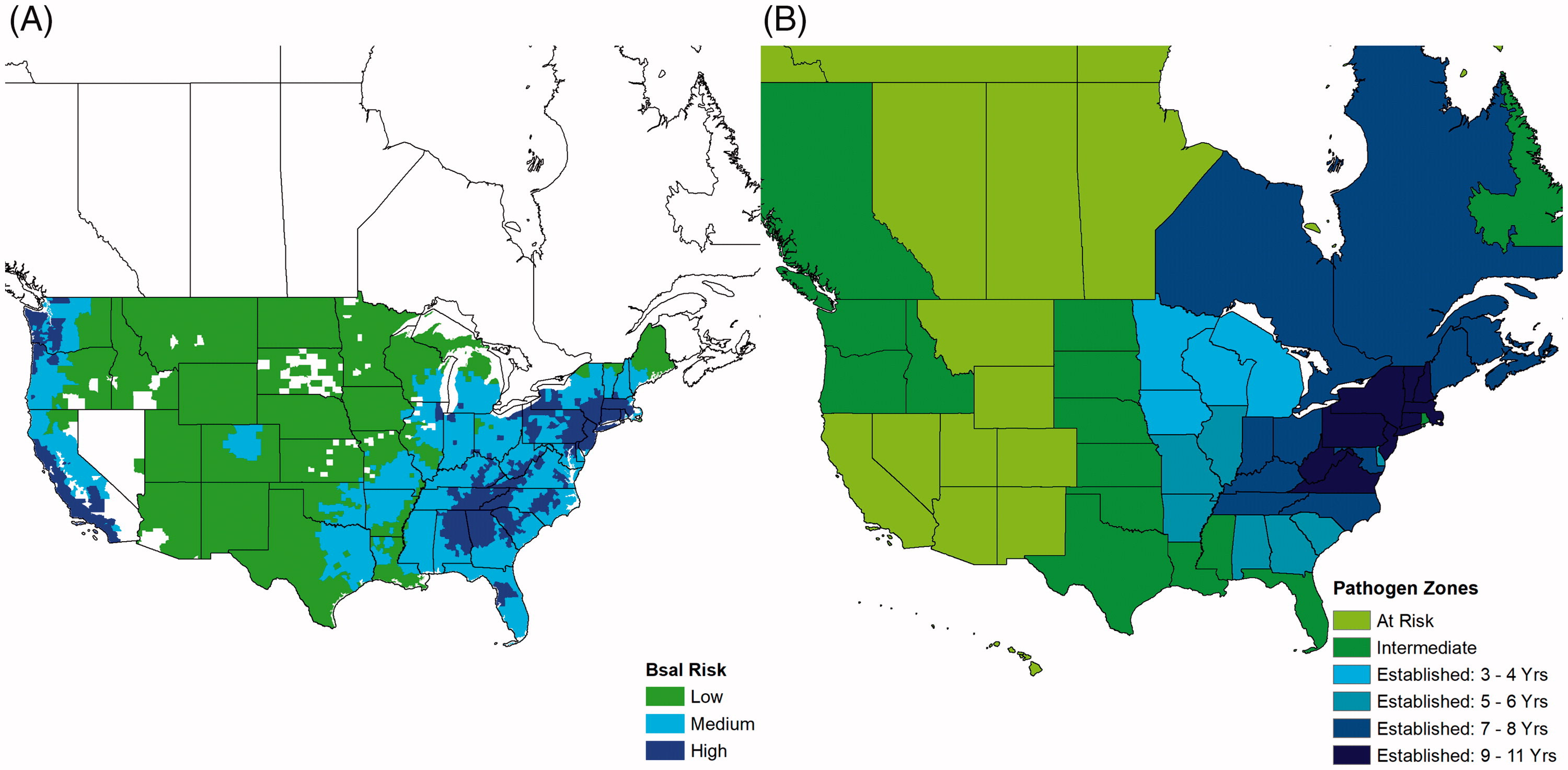Identifying common decision problem elements for the management of emerging fungal diseases of wildlife
Abstract/Summary
Emerging infectious diseases (EIDs) of wildlife have characteristics that make them difficult to manage, leading to reactive and often ineffective management strategies. Currently, two fungal pathogens, Pseudogymnoascus destructans (Pd) and Batrachochytrium salamandrivorans (Bsal), are causing declines in novel host species. To improve the application of management strategies to address the risk of these pathogens to North American wildlife, we queried wildlife managers about their concerns regarding managing populations of bats and amphibians potentially impacted by Pd and Bsal. Using these responses, we identified aspects of each decision problem that were shared across pathogens, regions and agencies ? and found similarities in decision problem elements for disease management. Reframing management problems as decisions can enable managers to identify similarities across EIDs, i.e. uncertainties within management actions, and improve reactive responses if proactive management is not possible. Such an approach recognizes context-specific constraints and identifies relevant uncertainties that must be reduced in developing a response.
Publication details
| Published Date: | 2019-05-11 |
| Outlet/Publisher: | Society and Natural Resources |
| Media Format: |
ARMI Organizational Units:
Northeast - BiologyTopics:
DiseaseManagement
Keywords:
Bsalchytrid fungus
Chytridiomycosis
disease
management

